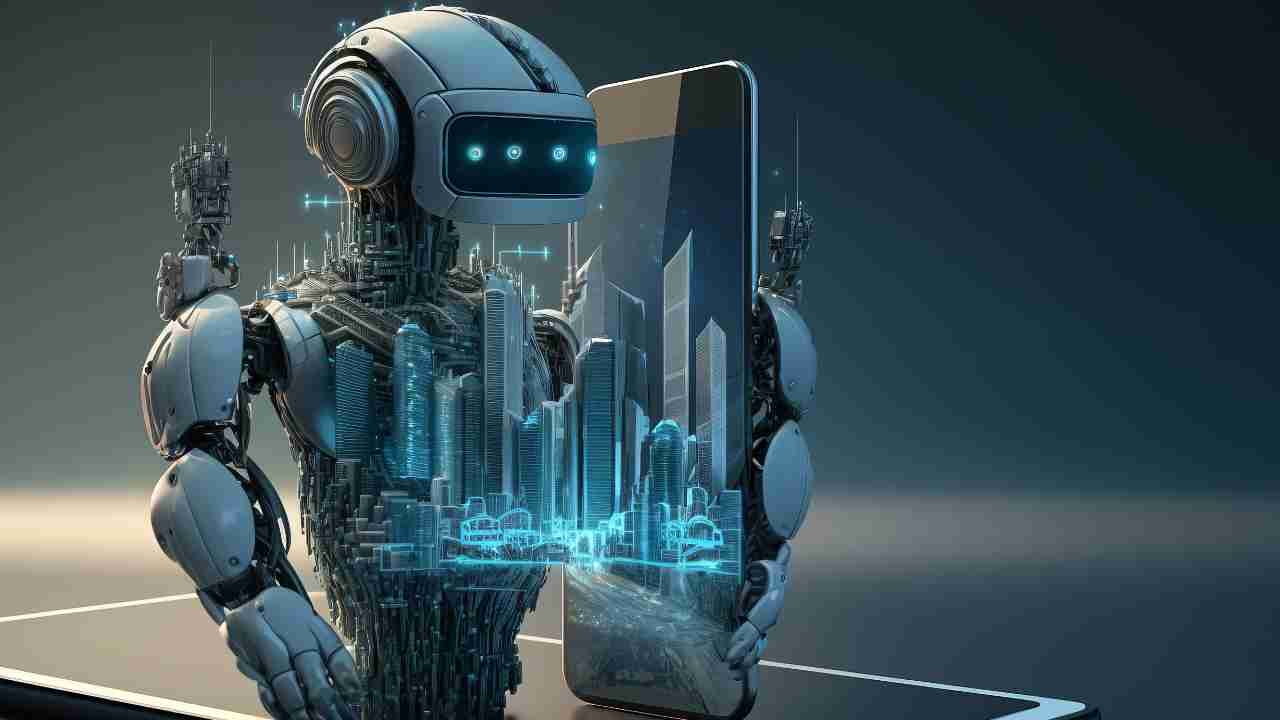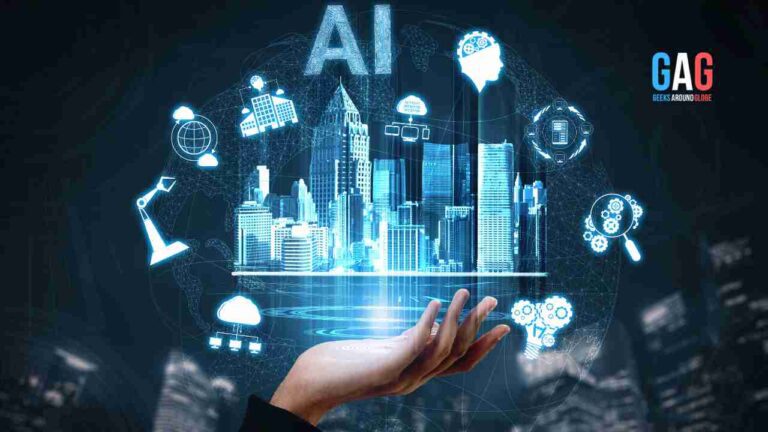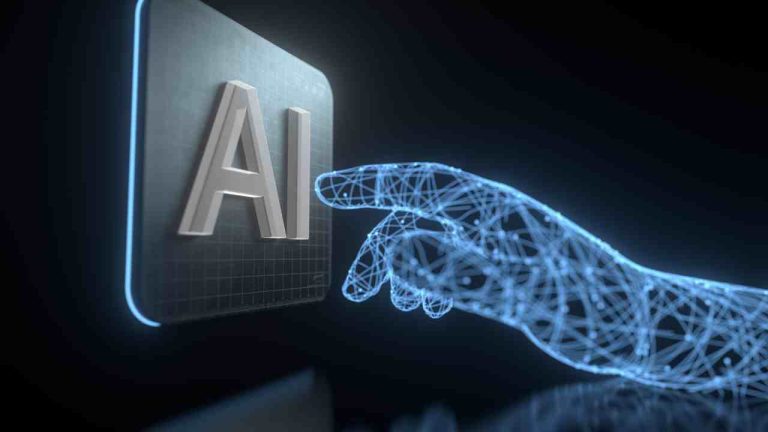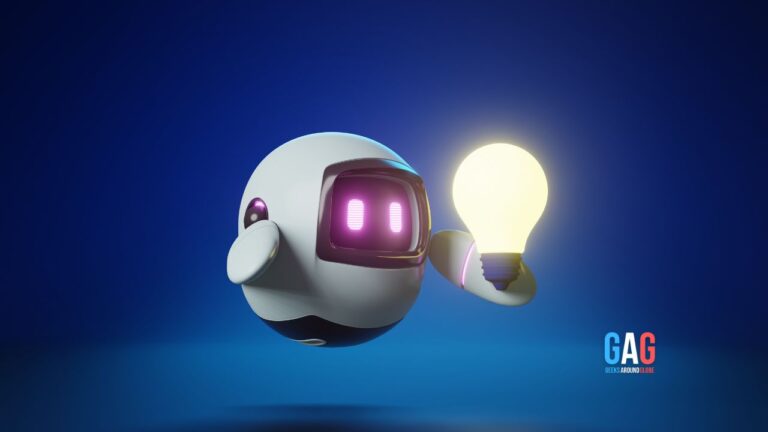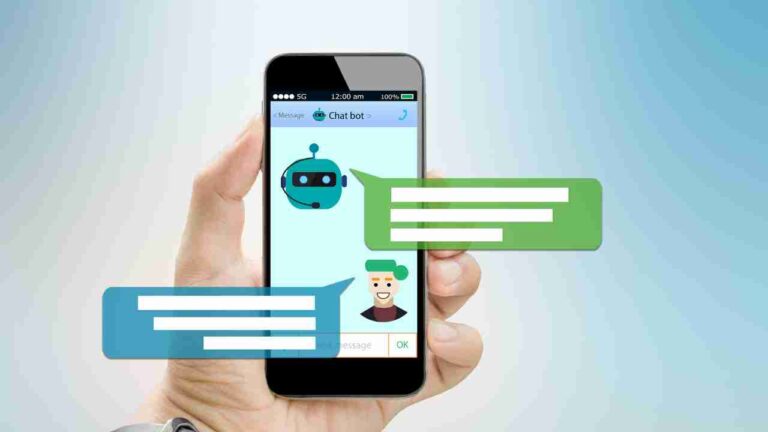In an era where technology intertwines with every aspect of our lives, the question of whether machines can be as creative as humans is more relevant than ever. Creativity, often viewed as a uniquely human trait, involves generating ideas or products that are both novel and appropriate. However, with the advent of artificial intelligence (AI), the boundaries of creativity are being challenged. Can machines emulate or even surpass human creativity? This exploration into the intersection of AI and creativity seeks to unravel this complex question.
The Evolution of AI in Creative Domains
Artificial Intelligence has made significant strides in various fields, revolutionizing how we approach problems and tasks. In creative domains, AI tools and algorithms have been developed to compose music, create art, and even write poetry. These advancements raise the question: Are we witnessing the dawn of a new era where AI can be truly creative? For instance, AI Rewrite Article tools can now refine and alter written content, showcasing a form of creativity that was once thought exclusive to humans.
The Mechanics of AI-Driven Creativity
At the core of AI-driven creativity is machine learning and neural networks, which enable machines to learn from vast datasets and generate outputs that mimic human creativity. This process involves algorithms that can analyze patterns, styles, and techniques from existing artworks, music, or literature, and then create something new from that analysis. Yet, this raises a philosophical question: Is AI creativity genuine, or is it merely a reflection of the data it has been fed?
The Collaboration Between Humans and AI in Creative Processes
The synergy between humans and AI presents a fascinating dynamic in the creative process. Rather than viewing AI as a replacement for human creativity, many experts see it as a tool that can enhance and extend our creative capabilities. This collaboration can lead to unprecedented forms of art and innovation. By combining human intuition and emotional depth with AI’s ability to process and generate complex patterns, we can explore new creative frontiers.
The Debate: AI Creativity vs. Human Creativity
The debate around AI and creativity often centers on the authenticity and emotional depth of AI-generated works. Critics argue that while AI can produce works that mimic the appearance of creativity, it lacks the intrinsic emotional experiences and consciousness that inform human creativity. Supporters, on the other hand, suggest that AI’s capability to generate novel combinations of ideas and aesthetics could be considered a form of creativity in its own right.
The Future of Creative AI
Looking ahead, the future of creative AI is both promising and uncertain. As AI technologies continue to evolve, the potential for more sophisticated and autonomous creative machines grows. This evolution could lead to new forms of art, music, and literature that are currently unimaginable. However, it also prompts us to reconsider our definitions of creativity and the role of human agency in the creative process.
Conclusion: Embracing the Creative Potential of AI
AI and creativity emergence at the intersection is a fertile area of investigation; this area of research elicits questions about what creativity actually is. Can machines be creative? Maybe it is not that simple of a yes or no. Additionally, it draws us to grow our concept of creativity, by realizing that AI can not only contribute to the creative processes in a way that supports and improves human creativity but also enable new features and capabilities. There are transformative opportunities for change in the face of this evolving landscape, a landscape that makes it imperative for us to work together with machines while we imagine the breaking points of what human creativity can do. By having this we might be able to understand that the deepest creativity is achieved by the creativity of the human mind in collaboration with AI, a future in which AI creativity is fully taken into account.

